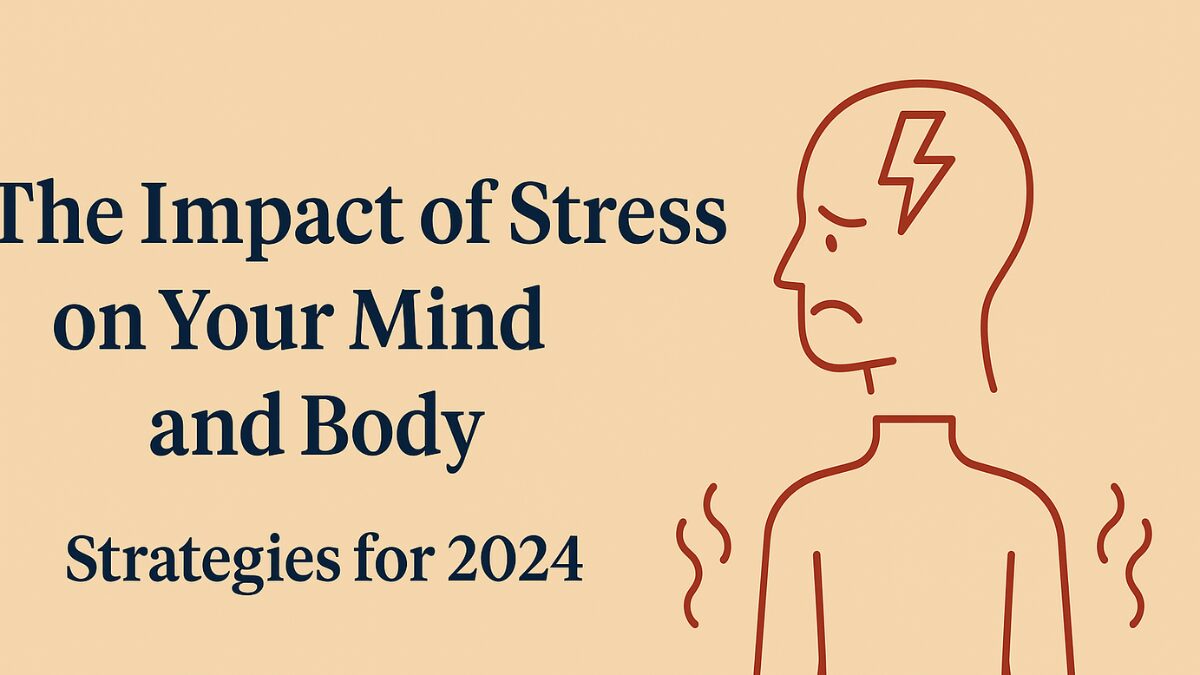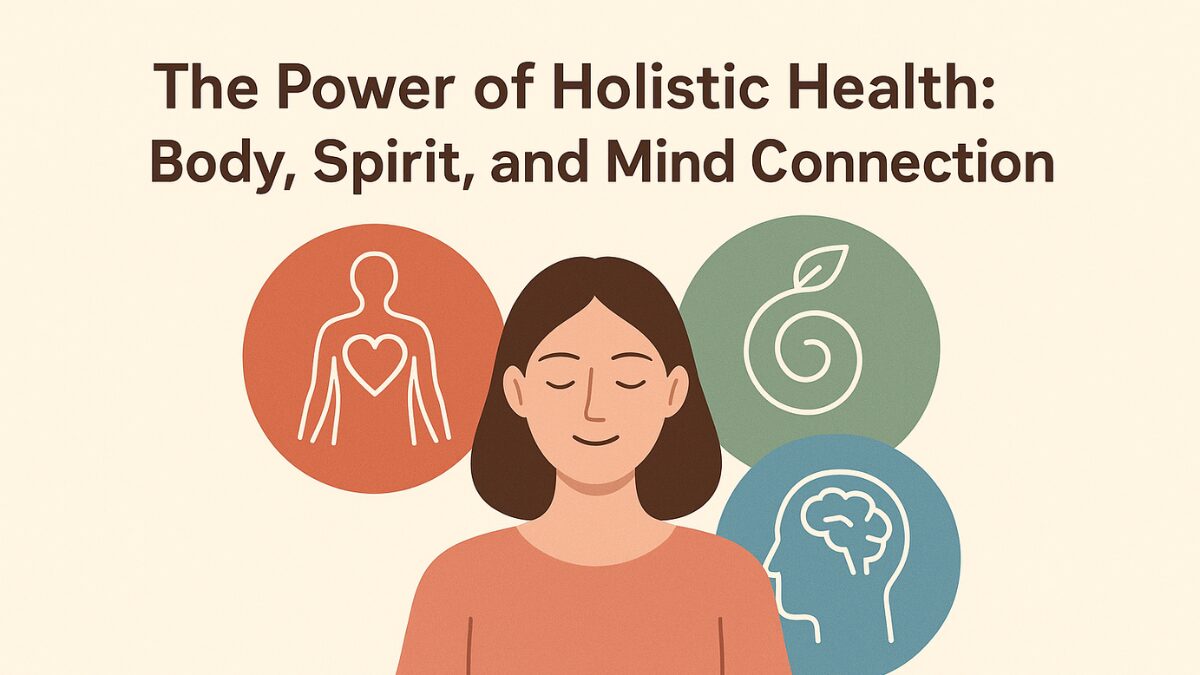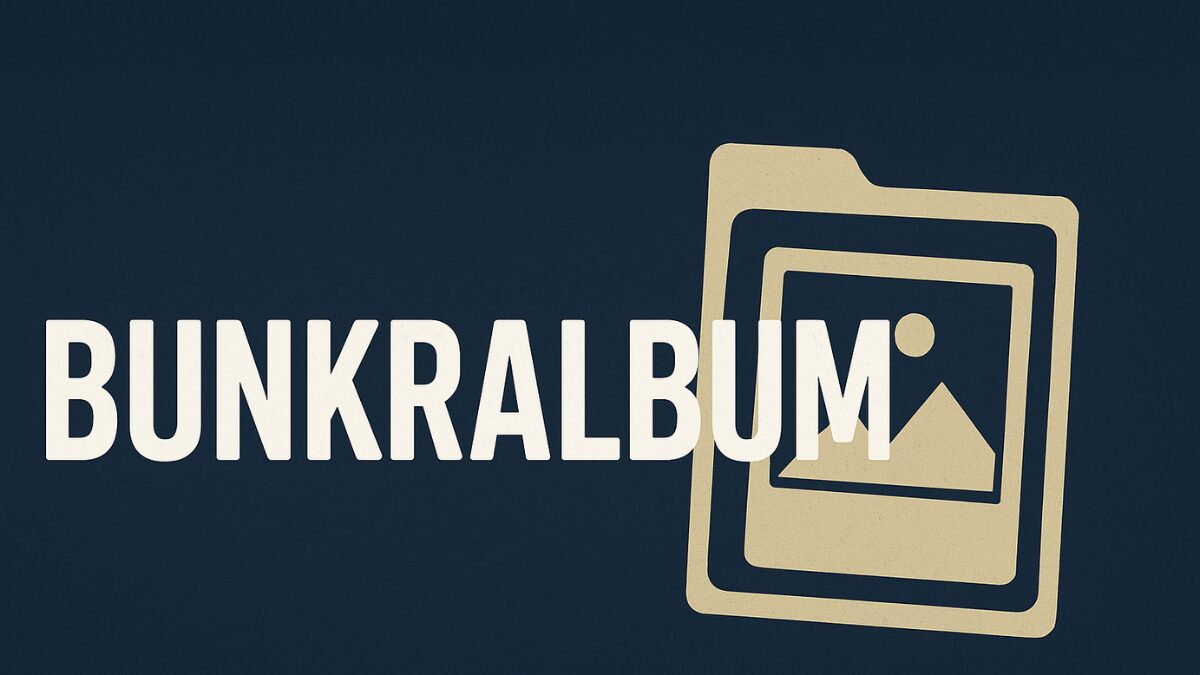Discover the fascinating concept of Türk Idla — its origin, meaning, historical background, and cultural importance in Turkish tradition. Learn how Türk Idla reflects Turkish values and its relevance today.
Introduction
When we talk about Türk Idla, we step into a world where language, culture, and history beautifully blend together. The term türk idla has a deep connection with Turkish identity and heritage. Although the phrase might sound mysterious to outsiders, it carries a unique significance that reflects the Turkish people’s philosophy, values, and sense of belonging.
This article explores the origin, cultural background, and modern relevance of türk idla while keeping the discussion simple, informative, and engaging.
What Is Türk Idla?
The phrase türk idla can be understood as a concept rooted in Turkish tradition. While its literal translation may vary depending on the context, it generally relates to Turkish cultural expression, national pride, or identity.
In many ways, türk idla represents the soul of Turkish civilization — encompassing elements like language, customs, ethics, and unity. The word “idla” itself is often interpreted as a symbolic representation of essence or expression, making türk idla an embodiment of “Turkish essence.”
The Origin and Historical Development of Türk Idla
The origins of türk idla trace back to the early Turkic tribes that migrated across Central Asia centuries ago. These tribes carried with them a rich oral tradition, poetic expression, and strong social ethics.
Over time, these values evolved into cultural norms that still shape modern Turkish society. The idea of türk idla became a way to express identity and unity among people who shared the same language, ancestry, and moral code.
| Period | Cultural Development Related to Türk Idla |
|---|---|
| Pre-Islamic Era | Tribal identity, oral storytelling, and heroic epics reflected the first forms of Türk Idla. |
| Seljuk Empire | Integration of Islamic culture enriched Turkish moral and artistic expression. |
| Ottoman Period | Türk Idla expanded through literature, architecture, and law. |
| Republican Era | National reforms strengthened Turkish cultural consciousness and language identity. |
Each historical stage contributed to defining what türk idla means today — a living expression of Turkish culture that has survived wars, modernization, and globalization.
Cultural Meaning Behind Türk Idla
In Turkish culture, türk idla goes beyond language or appearance — it represents moral character, hospitality, respect for elders, and pride in tradition.
People express türk idla through:
- Traditional Arts: Music, calligraphy, and folk dances symbolize unity and creativity.
- Language: The Turkish language itself is a vehicle of national pride and beauty.
- Family and Social Values: Respect, generosity, and community spirit are central to Turkish life.
- Culinary Heritage: Food plays an important cultural role, often reflecting Turkish generosity.
Thus, türk idla is a living philosophy rather than just a phrase. It’s how Turkish people preserve their identity while adapting to modern life.
Türk Idla in Modern Society
In today’s globalized world, many traditional values face challenges. However, türk idla continues to thrive, particularly through education, literature, and social media.
Modern Turkish artists, writers, and educators emphasize türk idla as a symbol of authenticity and national confidence. For example, many young people proudly use Turkish phrases in online spaces, blending global trends with cultural identity.
Social media campaigns, cultural festivals, and heritage conservation programs all help keep türk idla alive. This harmony between tradition and modernity allows Turkish culture to remain both progressive and rooted.
Language and the Essence of Türk Idla
Language has always been the strongest carrier of türk idla. The Turkish language, known for its poetic rhythm and rich vocabulary, expresses emotions, values, and traditions uniquely.
One can say that every Turkish proverb or folk saying reflects türk idla in action. For example:
- “Birlikten kuvvet doğar” — Strength is born from unity.
- “Misafir umduğunu değil, bulduğunu yer” — A guest eats what is served, not what they expect.
Both sayings capture respect, hospitality, and collective strength — the core elements of türk idla.
Türk Idla and Education
Education plays a crucial role in nurturing türk idla. Turkish schools emphasize moral education, patriotism, and historical awareness. Subjects like literature, ethics, and history serve to instill a sense of belonging and cultural appreciation in young generations.
Government initiatives and cultural organizations also promote türk idla through:
- Language preservation programs
- Cultural heritage museums
- Traditional arts and music workshops
By teaching both modern knowledge and cultural roots, Turkey ensures that türk idla remains strong in future generations.
Comparison of Türk Idla with Other Cultural Identities
To understand türk idla better, it’s helpful to compare it with similar cultural identities around the world:
| Culture | Core Values | Similarity with Türk Idla |
|---|---|---|
| Japanese “Wa” | Harmony, respect, and collective spirit | Both emphasize respect and social unity. |
| Arab “Adab” | Morality, manners, and dignity | Both highlight hospitality and ethical behavior. |
| Greek “Philoxenia” | Love for strangers and generosity | Türk Idla also values hospitality deeply. |
| Indian “Sanskriti” | Tradition and cultural knowledge | Similar focus on preserving cultural essence. |
From this comparison, it becomes clear that türk idla belongs to a global family of cultural philosophies emphasizing dignity, unity, and respect.
The Role of Türk Idla in Turkish Art and Literature
Art and literature have always reflected türk idla vividly. Turkish poets like Yunus Emre and Nazım Hikmet expressed the Turkish soul through verses that combined love, spirituality, and patriotism.
Traditional Turkish art forms, such as miniature painting, ebru (marbling), and folk music, showcase harmony, beauty, and deep respect for nature and life. Each of these art forms tells the story of türk idla in visual or musical form.
Türk Idla in Daily Life
Even in everyday routines, türk idla plays a role. Turkish people are known for their warmth, kindness, and sense of hospitality. Offering tea to guests, greeting neighbors respectfully, or helping a stranger in need — all these are small yet powerful acts that express türk idla.
It’s not limited to special occasions or festivals; rather, it lives in the daily rhythm of life — in conversations, gestures, and attitudes.
Challenges Facing Türk Idla Today
Despite its strength, türk idla faces modern challenges such as globalization, digitalization, and cultural homogenization. Younger generations sometimes adopt Western habits that may overshadow traditional values.
However, this challenge also creates opportunities — to redefine türk idla in modern terms while preserving its core meaning. Turkish cultural institutions are working hard to balance innovation with tradition.
Preserving Türk Idla for the Future
To keep türk idla alive, both individuals and institutions must play their part. Promoting cultural education, supporting local art, and celebrating national history are essential steps.
Here are some ways to preserve türk idla for future generations:
- Encourage Turkish language learning among youth.
- Support artists and writers who promote national culture.
- Organize community events celebrating Turkish traditions.
- Use digital platforms to share authentic Turkish stories.
By doing so, türk idla will continue to inspire pride, unity, and belonging for centuries to come.
Conclusion
Türk Idla is not merely a phrase — it is the heart of Turkish culture. It embodies identity, pride, tradition, and collective strength. From ancient times to the digital age, it continues to unite Turkish people through shared values and expressions.
By understanding and preserving türk idla, we not only honor the past but also ensure that future generations carry the Turkish spirit with pride.
Frequently Asked Questions (FAQs)About Türk Idla
1. What does “türk idla” mean in simple words?
It refers to the essence or expression of Turkish identity and culture.
2. Is türk idla related to Turkish language or heritage?
Yes, it closely connects to both language and cultural heritage.
3. How old is the concept of türk idla?
It dates back to early Turkic tribes and evolved through Ottoman and modern times.
4. Why is türk idla important for Turkish society?
Because it represents unity, respect, and the cultural soul of Turkey.
5. How is türk idla expressed in modern life?
Through traditions, arts, education, and daily social behavior.
6. Can türk idla be compared to other cultural identities?
Yes, it shares similarities with values like Japanese “Wa” or Arab “Adab.”
7. What role does türk idla play in Turkish literature?
It inspires poetry and stories that express love, patriotism, and humanity.
8. How can foreigners understand türk idla better?
By learning about Turkish culture, customs, and community life.
9. Is türk idla changing with modernization?
Yes, but its core values of respect and unity remain strong.
10. How can the new generation preserve türk idla?
Through education, art, and embracing cultural heritage proudly.










